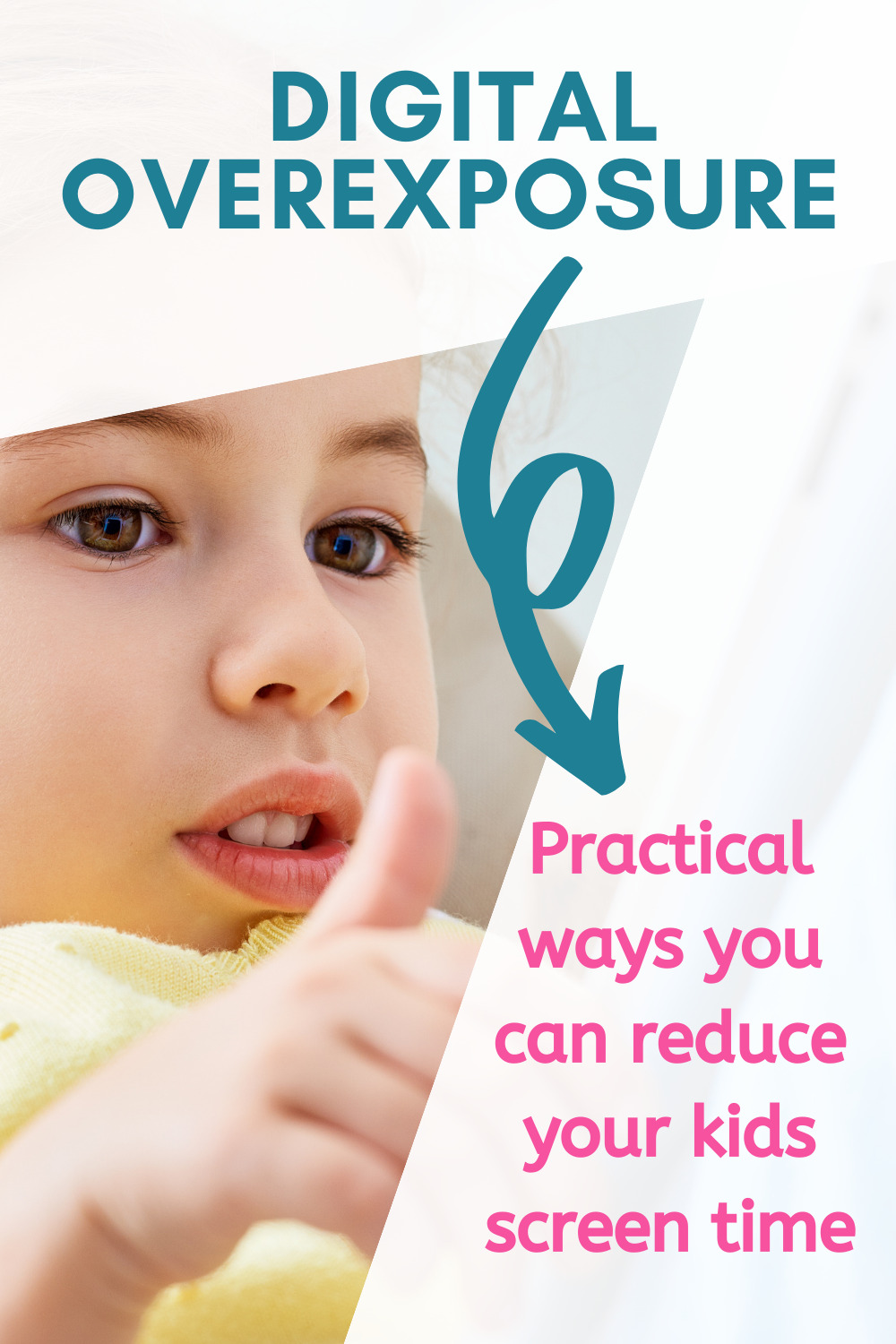Children’s formative years are a phase of great growth and ability to learn and absorb information. It is also the time when foundations are set, where values are created and habits are instilled so this is a time when we as parents want to teach our children about the world and make sure that their lives aren’t just about those screens! We all know that kids born in the last few years are more tech-savvy than we were at their age. While technology offers several benefits, it is also highly critical that parents play a proactive role in moderating the content children consume and how often. If you are a new parent wanting to create a safe zone between technology and young kids, this article will help you get it done so read on to protect your child from digital overexposure
Set Clear Boundaries and Screen Time Limits:
Set specific limits on the amount of time your child can spend on devices each day, considering factors such as age, schoolwork, and other responsibilities. Encourage alternative activities such as reading, playing outdoors, or engaging in hobbies to ensure a well-rounded upbringing.

We have screen downtime set up on all the devices so that there are only certain times of the day when the screens will even work. This is a great way of creating the habit of not going to the screens every time. It doesn’t take long for a child to learn that there is no point in heading to the screens if everything they might like to do is locked down.
Setting screen time limits also means that screen time can be used as a reward or at a time that suits everyone in the family to have some quiet time.
Create a Technology-Free Zone:
Designate specific areas in your home as a no-gadget zone, such as the dining table or bedrooms. This encourages face-to-face interaction and family bonding while ensuring that digital devices don’t disrupt important moments or negatively impact sleep patterns. By setting boundaries around device usage, you create opportunities for meaningful connections and quality family time.
Make sure that screens are not in children’s rooms when they are going to sleep especially once they start to actually use phones and be in message groups as some children will be up later than your child and the messages will keep pinging…
Set up child profiles on devices, apps and computers
One effective way to limit your child’s digital overexposure is by setting up provisional settings on child mode. Most operating systems offer built-in child-safe features that allow you to monitor and control your child’s online activities. Set up user accounts for your child with age-appropriate restrictions, enable content filters, and establish time limits for device usage. If your child has access to creating folders and storing data, make sure these folders are shared so you can monitor the data. When unsure about how to create shared folders on your Mac, visit https://setapp.com/how-to/create-shared-folder-on-mac for simple instructions. Regularly review the settings and adjust them as your child grows and their needs change.
Having separate TV profiles also works really well in this space as you can limit what TV shows and films are offered to your children. This really gives peace of mind when you, as the parent, also want the freedom to watch the shows that you want to watch.
Implement Parental Controls on Devices:
Such settings allow you to filter content, block inappropriate websites, and monitor your child’s activities. Use these controls to restrict access to age-inappropriate content and ensure a safer online environment for your child.
Be honest about online safety and digital overexposure risks
We try to engage with our children about the risks that there can be online and we talk about digital overexposure as well as allowing your life to be ruled by social sharing apps. Having an open and honest dialogue has led to us discussing potential issues and solving problems before they arise.
Engage in Co-Viewing and Co-Playing Activities:
Watch movies or play video games together, and use these opportunities to discuss the content, teach critical thinking skills, and promote healthy media consumption habits. By actively participating, you can guide your child’s digital experiences and foster meaningful conversations.
It is definitely a case of if you can’t beat them join them. I personally don’t like online games, but the husband loves them and this has given him a new way of connecting with our sons as they now play together, but this connection and common interest also means that he is present during their online gaming, he knows what they are doing and can be sure that they are safe and learning the right way to deal with things during online interactions.
Encourage Offline Activities and Hobbies:
Promote a balanced lifestyle by encouraging your child to explore life away from technology. Provide opportunities for them to engage in sports, arts and crafts, reading, or other interests that stimulate creativity, physical activity, and social interaction. This helps them discover alternative sources of enjoyment and reduces reliance on digital devices.
You may like this article which includes loads of screen free options 58 Awesome Activities for kids
During the holidays we tend to do an activities chart that has all the activities that can/ must be done before any time is allowed on screens. Finding that balance between screen time and real life time is the challenge. This is an example of the posters I create:
Be a Role Model:
Children often emulate the behavior they see in their parents and caregivers. Be a positive influence by practicing healthy digital habits yourself. Demonstrate the importance of unplugging, engaging in real-life interactions, and prioritizing activities that do not involve screens. This is something I need to do better at. I do mess with my phone too much and I need to show more that I am present and in the moment.
Final Word:
When you create measures that can help your children access useful content and negate unnecessary and explicit materials that are so easily found online, it becomes simpler to help them develop healthier. Apart from these steps, have plenty of conversations to sensitize your kids appropriately.





Pingback: Fun and Safe Stuff You Can Do With Your Kid Online - Navigating Baby